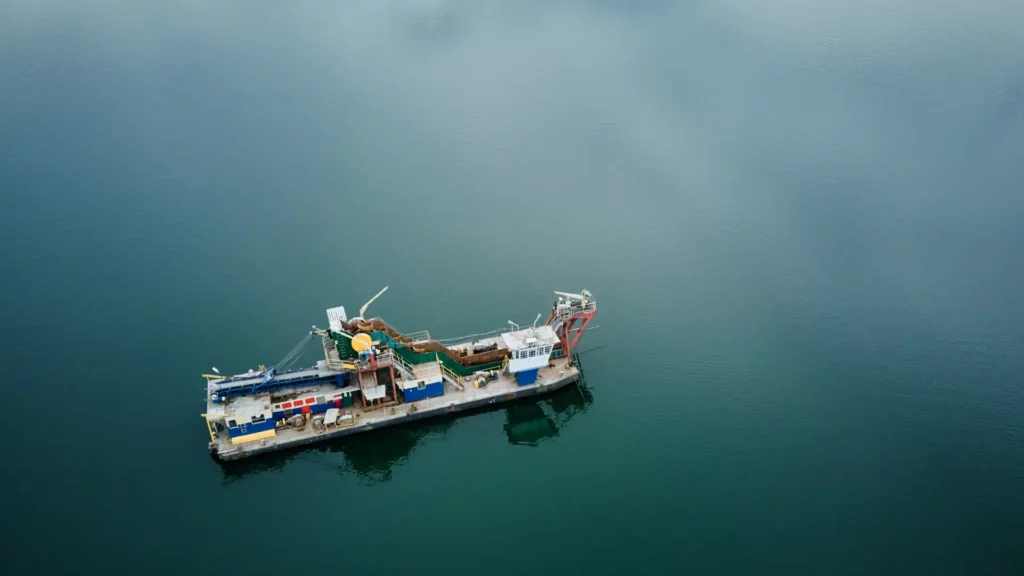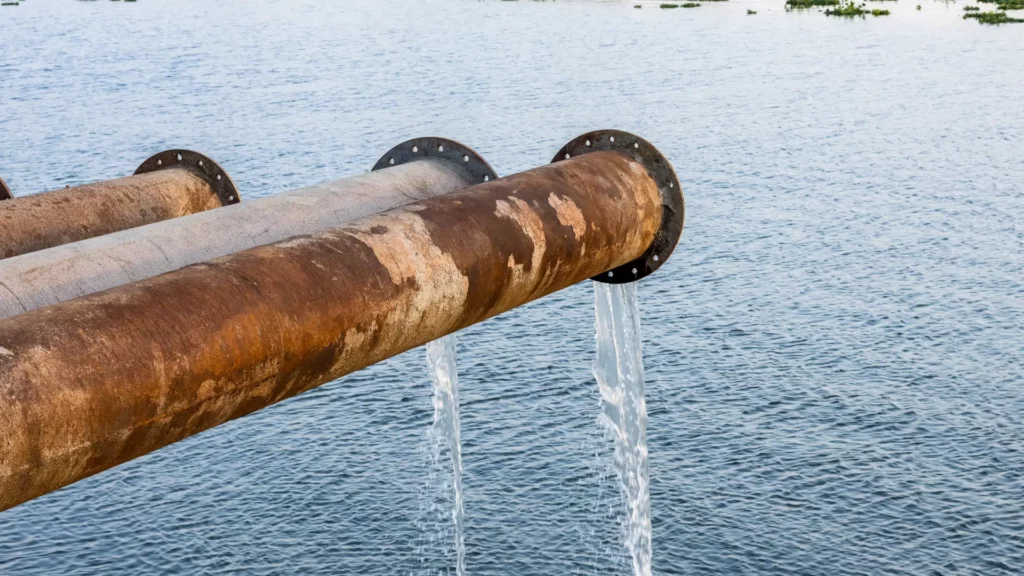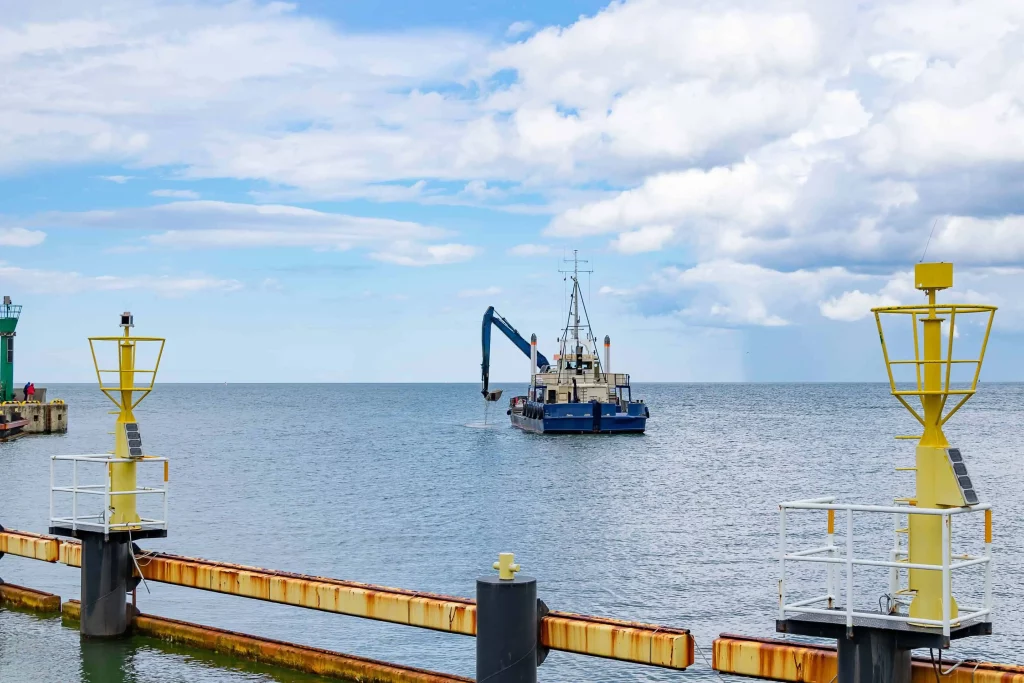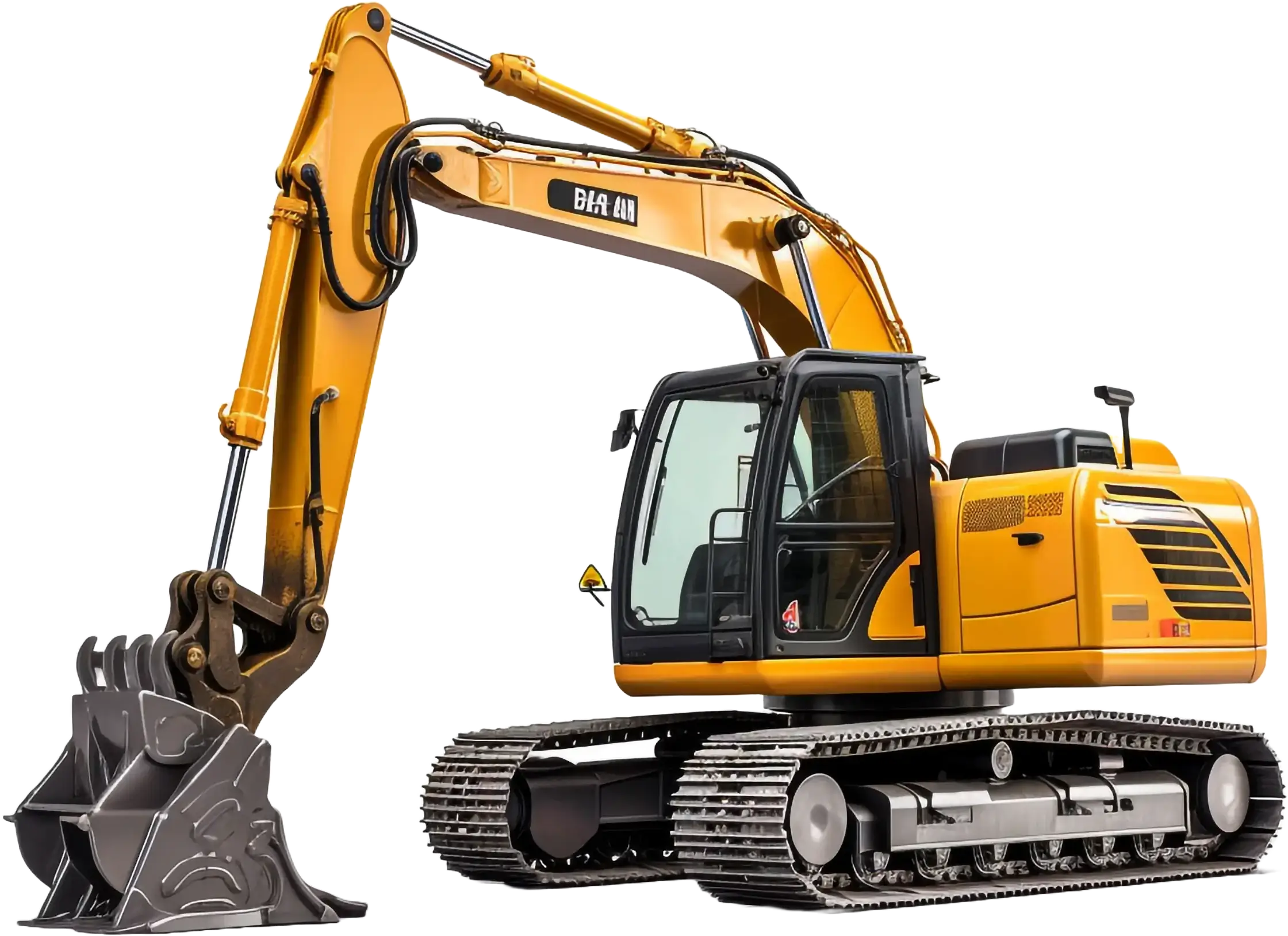Environmental Protection in Dredging with Advanced Technology
Dredging has long been a critical activity for maintaining navigable waterways, supporting coastal infrastructure, and facilitating industrial activities such as shipping and resource extraction. However, traditional dredging methods often pose significant environmental challenges. The disruption of marine ecosystems, sediment resuspension, and the release of pollutants are among the negative consequences that can arise from dredging activities. As awareness of these environmental issues grows, so too does the need for more sustainable approaches. Environmental protection in dredging has become a central focus of the industry, driven by the integration of modern dredging technology and advanced dredging techniques. These innovations not only enhance operational efficiency but also help minimize the environmental impact of dredging projects. This article explores how advancements in dredging are protecting ecosystems while maintaining industrial capabilities. The Environmental Impacts of Traditional Dredging Methods Traditional dredging methods, such as mechanical dredging, involve physically scooping or dragging sediment from the seabed or riverbed using heavy machinery. While effective in clearing waterways, these methods can severely disrupt marine ecosystems. The lack of environmental protection during dredging operations can result in long-term damage to aquatic habitats. One of the most prominent issues is the disruption of marine habitats and biodiversity. Dredging can destroy essential habitats such as coral reefs, seagrass beds, and mangrove forests, which are vital for the survival of numerous marine species. These habitats provide shelter, breeding grounds, and food sources for a wide range of organisms. The loss of these ecosystems can have far-reaching effects, disrupting the entire food chain and threatening species’ survival. Modern dredging technology aims to reduce such impacts by incorporating more environmentally sensitive methods that prioritize environmental protection in dredging practices. Another major concern is sediment resuspension and water quality degradation. Dredging activities can stir up sediments from the seafloor, which can carry pollutants, including heavy metals and toxic chemicals. When these pollutants are released into the water, they can degrade water quality, harming marine life and human populations that rely on these water sources. Advanced dredging technology has been developed to minimize sediment disturbance, playing a crucial role in environmental protection in dredging by ensuring cleaner water and less disruption to ecosystems. Traditional dredging also leads to the release of pollutants into the environment. Coastal areas and industrial zones frequently accumulate pollutants in the sediment over time. When dredging disturbs these sediments, harmful substances can be reintroduced into the water column, exacerbating environmental degradation. These challenges highlight the urgent need to adopt advanced dredging techniques that prioritize environmental protection in dredging while ensuring effective sediment removal and waterway management. Advancements in Dredging Techniques for Environmental Protection Modern dredging technology has made significant strides in addressing the environmental issues posed by traditional dredging methods. These advancements focus on reducing habitat disruption, minimizing sediment resuspension, and controlling pollutant release, all while maintaining operational efficiency. Central to these innovations is the commitment to environmental protection in dredging, ensuring that operations are carried out with minimal ecological impact. One such advancement is the introduction of precision dredging techniques. Precision dredging allows operators to target specific areas for sediment removal, reducing the risk of unnecessary damage to surrounding habitats. This method ensures that only the required sediment is removed, minimizing the impact on ecosystems and reducing the likelihood of disturbing marine life. Precision dredging is a critical aspect of environmental protection in dredging, as it helps prevent widespread damage to sensitive marine environments. Hydraulic dredging is another technique that has gained popularity for its environmental benefits. Unlike mechanical dredging, which involves physically scooping up sediment, hydraulic dredging uses water pressure to move sediment through a pipeline. This process is less invasive and reduces the amount of sediment disturbed during dredging, helping to prevent the spread of pollutants and protecting water quality. Hydraulic methods align with the goals of environmental protection in dredging, promoting a more controlled and environmentally conscious approach. Eco-friendly pipeline dredging and suction technologies are also contributing to sustainable dredging practices. These technologies use specialized suction equipment to extract sediment with minimal disturbance to the surrounding environment. This technique, which relies on advanced dredging technology, is particularly effective in areas with delicate ecosystems, such as coral reefs or wetlands, where habitat preservation is essential. The use of this dredging technology continues to support environmental protection, ensuring that fragile habitats remain intact during necessary dredging operations. Cutting-edge Dredging Technologies Supporting Sustainability Innovative dredging technology has played a crucial role in enhancing environmental protection in dredging operations. These technologies have made dredging more efficient, accurate, and environmentally sustainable. One key advancement is the use of automation and real-time monitoring systems, which allow dredging equipment to adjust operations based on real-time data, such as sediment composition, water quality, and marine life activity. This ensures that advanced dredging techniques can be applied with precision, minimizing environmental disruption and reducing harm to sensitive ecosystems. Hybrid and electric-powered dredging equipment represent another significant advancement in reducing the environmental footprint of dredging. Traditional machinery often relies on diesel engines, which contribute to greenhouse gas emissions and pollution. By shifting to hybrid or electric-powered systems, the dredging industry can reduce emissions and lessen its overall environmental impact. These technological improvements not only advance environmental protection in dredging but also enhance the overall sustainability and efficiency of dredging operations. The Role of Regulatory Bodies in Promoting Environmentally Friendly Dredging Government regulations play a crucial role in promoting environmentally friendly dredging practices. As concerns about environmental sustainability continue to grow, regulatory bodies are implementing stricter standards and guidelines to ensure that dredging activities are conducted responsibly. Many governments and environmental agencies are now requiring dredging projects to comply with specific environmental standards, such as minimizing sediment resuspension, reducing pollutant release, and protecting sensitive habitats. These regulations are driving the adoption of advanced dredging techniques and technologies that align with sustainability goals. Additionally, regulatory bodies are encouraging the use of dredging technology that supports environmental protection. Some governments offer incentives or funding for projects that utilize eco-friendly dredging equipment or technologies that reduce emissions. These initiatives are helping
Environmental Protection in Dredging with Advanced Technology Read More »





